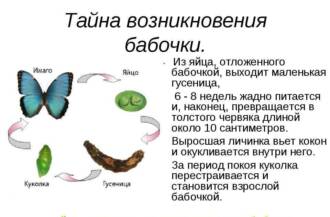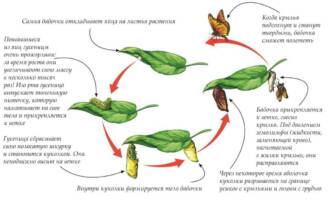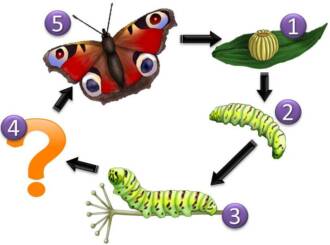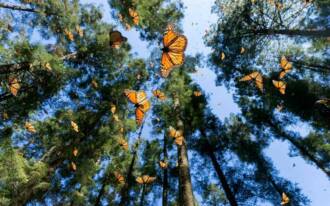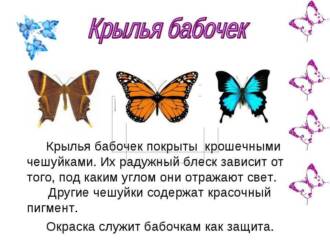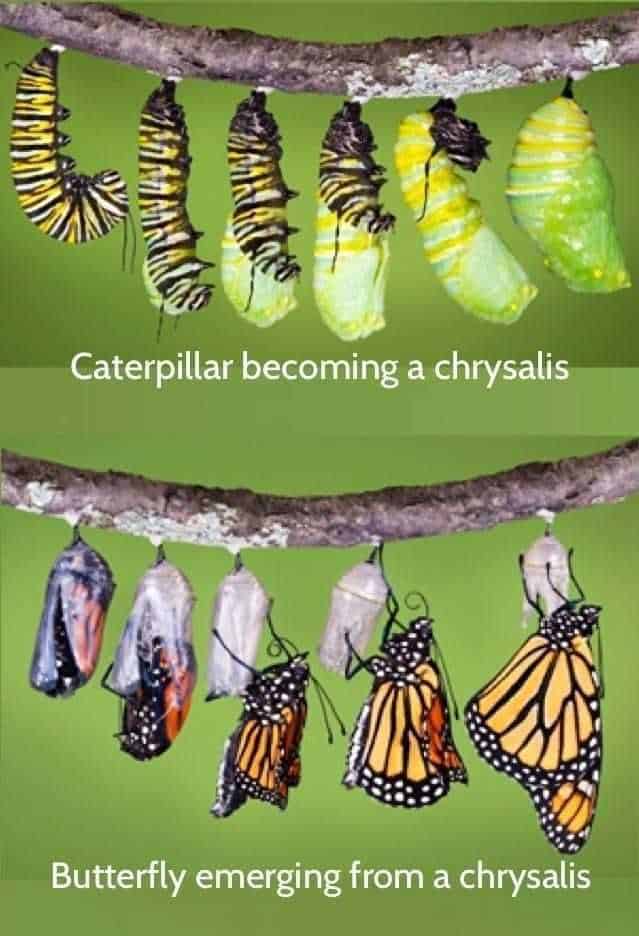
Forest butterflies are amazing creatures that attract attention with their bright colors and graceful flight. They are among the most beautiful representatives of insects and attract the attention of many people, from small children to professional scientific researchers. But few people know that forest butterflies begin their lives not so beautiful and graceful.
Before turning into a beautiful butterfly, they go through a complex stage of transformation, starting their life cycle from an egg. A hungry and active caterpillar emerges from the egg, which feeds on vegetation and gradually grows through several developmental stages called larvae. During this process, the caterpillar changes its appearance and becomes more and more like a future butterfly.
When the caterpillar reaches its final stage of development, it turns into a chrysalis. The chrysalis is a motionless state in which the caterpillar turns into an adult butterfly. Inside the chrysalis, amazing transformation processes occur: the caterpillar organs are destroyed, and in their place new ones are formed, corresponding to the future butterfly. After a certain time, an adult butterfly hatches from the chrysalis, completely ready for its new and beautiful existence.
How forest butterflies fascinate with their beauty
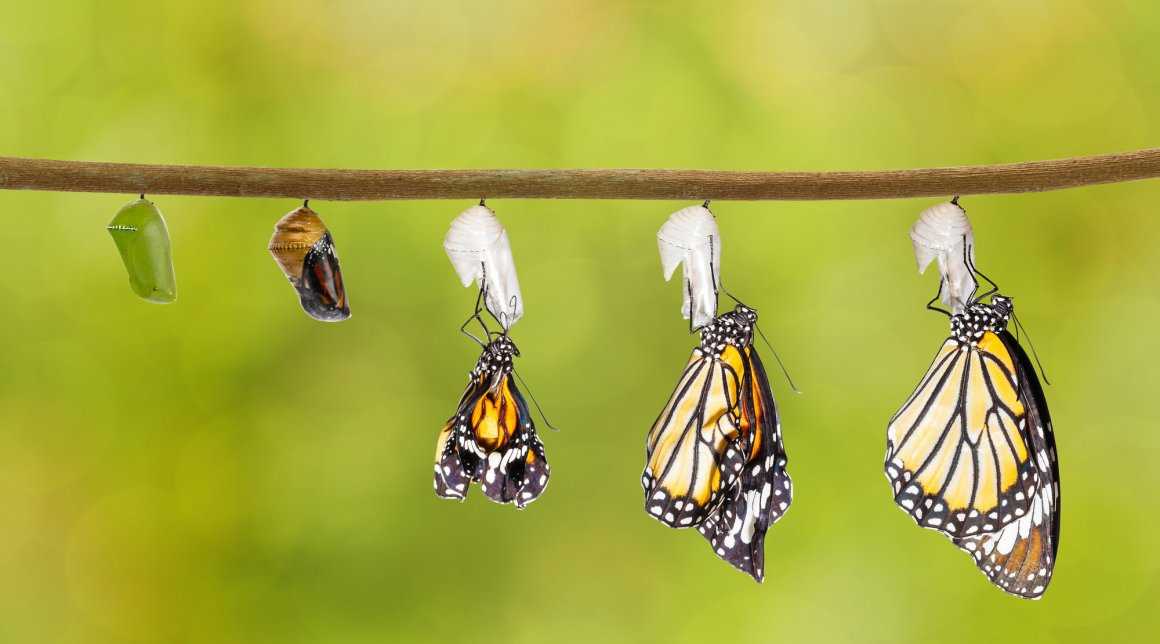
Forest butterflies are a real miracle of nature. Their colorful wings and graceful movement in the air attract attention and inspire delight in all who meet them. Each type of butterfly has its own unique beauty that fascinates and delights.
Wings of forest butterflies - a real work of art. They are decorated with a variety of patterns, bright colors and patterns that create a unique image of each butterfly. Wings can be transparent, shimmering, ornate or patterned to resemble flowers or leaves. This beauty gives butterflies a special appeal and makes them unique.
However, the beauty of butterflies is not only in their wings. Their movement is also admirable. Forest butterflies fly smoothly and gracefully, as if dancing in the air. They can change direction with ease and fly long distances. Their movement resembles swimming in water or swimming in the wind. It captures the imagination and creates a feeling of lightness and freedom.
Forest butterflies also fascinate with their beauty and diversity. There are a huge number of species of butterflies, each of which has its own unique coloring and patterns on the wings. Some butterflies have bright and contrasting colors, others are delicate and pastel. Some butterflies have wings of the same color, others with a variety of patterns and ornaments. All this makes each butterfly unique and special, and it is no wonder that they are so mesmerizing with their beauty.
Amazing transformation of pupae into butterflies
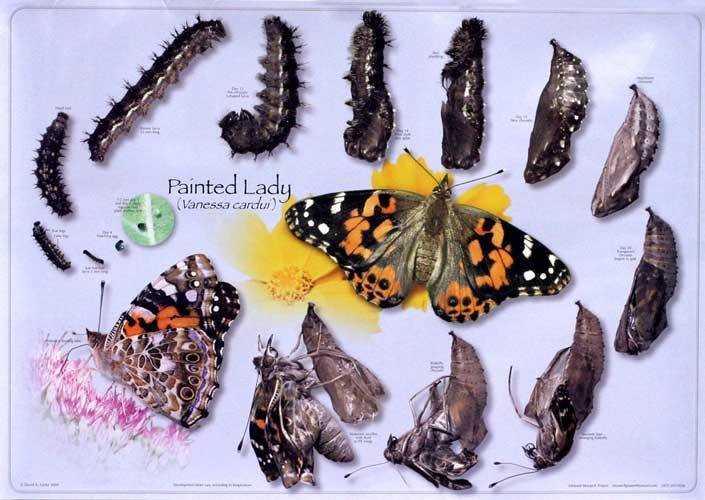
One of the most exciting natural phenomena is the transformation of pupae into colorful and graceful butterflies. This process that takes place inside the cocoon is a magnificent show of nature.
When the chrysalis is ready to transform into a butterfly, an amazing transformation takes place. Inside the cocoon, complex biological processes begin to occur, which lead to the complete transformation of the pupa. Some cells decay, others grow and develop, creating all the necessary organs for the future butterfly.
When the transformation process is completed, the cocoon splits, and the newly minted butterfly emerges into the light. This moment is a real miracle of nature. Delicate wings unfurl and unfurl to reveal beautiful patterns and colors. The butterfly is ready for its first flight and a new life in the natural world.
The transformation of pupae into butterflies is one of the most graceful and fantastic processes in the animal kingdom. It reminds us of the grandeur of nature and its ability to create real miracles. Watching this process is not only an amazing spectacle, but also an opportunity to observe the very essence of life and transformation.
Variety of shapes and colors of forest butterflies
Forest butterflies amaze with their variety of shapes and colors. There are a huge number of species of these beautiful insects in the world, each of which has its own unique features.
Forms of forest butterflies can be very varied. They may have sharp-angled, rounded or wavy-edged wings. Each wing shape gives the butterfly a distinct look and makes it unique.
Forest butterfly colors also varied and stunningly beautiful. They can be bright and saturated, such as orange, blue or red. Many types of butterflies have intricate patterns and patterns on their wings that make them truly magnificent works of nature's art.
The combination of various shapes and colors makes forest butterflies beautiful and unique creatures. Each species has its own combination of shape and color that helps it survive in its environment, attracts breeding mates, and serves as a defense against predators.
Life and behavior of pupae in the forest environment
pupae - this is the stage of development of butterflies, which precedes their transformation from a pupa to an adult. In the forest environment, pupae play an important role in the life cycle of butterflies.
The pupae inhabit various areas of the forest, such as bedding, stumps, tree hollows, and other hiding places. They actively use their coloration and body shape to camouflage themselves from predators. The pupae can be green, brown or gray in color to help them blend in with their surroundings.
During their stay in the chrysalis, butterflies are dormant. They don't eat or move, instead they undergo important changes in their body. Inside the chrysalis, the caterpillar transforms into a winged butterfly. This process is called metamorphosis.
When it is time to exit the chrysalis, the butterfly begins to move and destroys its hardened shell. She makes her way to the exit using her powerful jaws or special organs on her body. When the butterfly finally emerges from the light, its wings may be weak and wet, but they quickly dry out and spread out, allowing the butterfly to prepare to fly and explore the forest environment.
Butterfly pupae are amazing creatures that play an important role in the biological diversity of the forest. Their life cycle and behavior in the forest environment is an amazing spectacle of nature that can be observed and studied with passion.
Nutrition and diet of forest butterflies
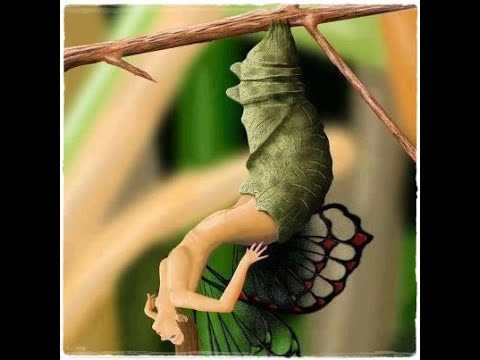
Forest butterflies are the main inhabitant of forest areas and are an important part of the ecosystem. They play a key role in the pollination process and are food for many predators. The nutrition and diet of forest butterflies have their own characteristics and depend on their species.
Plant food
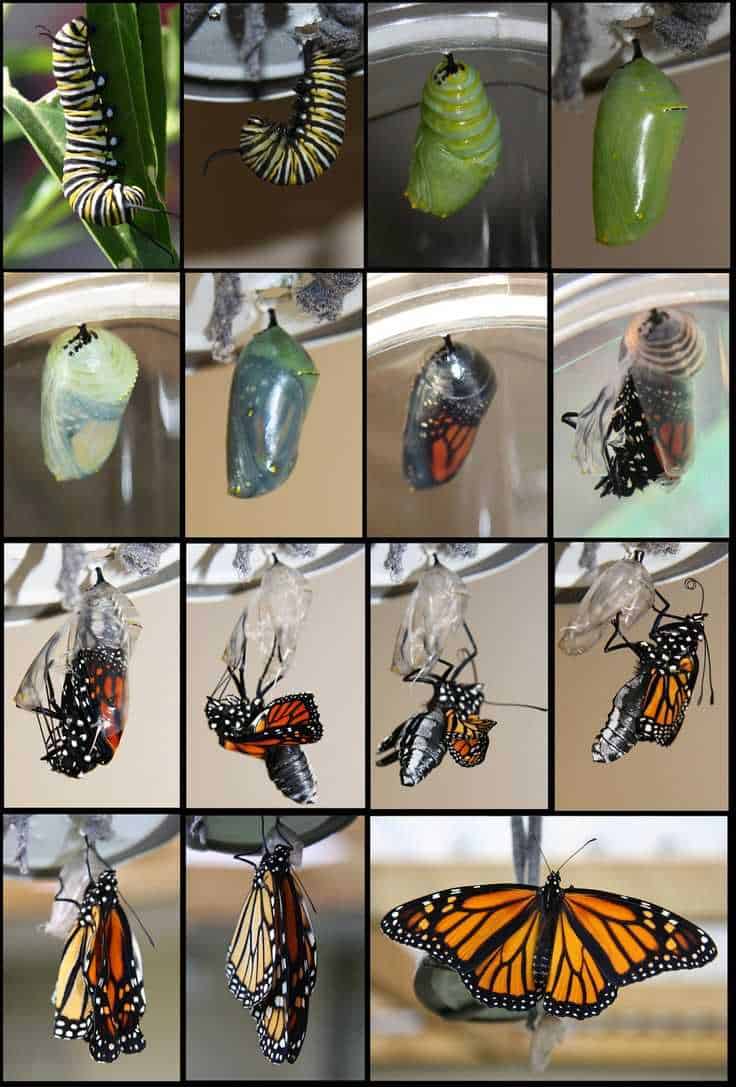
Most forest butterflies feed on the nectar of flowers. They have long proboscises that allow them to reach deep-seated flowers and extract a sweet liquid from them. In addition, nectar is a source of energy for flying butterflies. They can also drink plant sap and feed on pollen, which contains proteins and other nutrients.
Some species of forest butterflies also feed on leaves and other plant parts. They may be specialized and feed on only one type of plant, or be more general and feed on a variety of plant species.
Nutrition during transformation
When forest butterflies are in the caterpillar stage, their food is leaves and other parts of plants. Caterpillars actively feed to gain strength to turn into a chrysalis. When the caterpillar reaches a certain size, it begins to look for a suitable place for transformation and forms a cocoon or chrysalis.
When the forest butterfly is in the pupal stage, it does not feed. It is in a state of rest, during which the transformation of the body and the formation of wings and other organs take place. After that, the butterfly emerges from the chrysalis and begins to feed on the nectar of flowers.
Features of reproduction and development of forest butterflies
The reproduction and development of forest butterflies are amazing and complex processes that occur during their life cycle. Each stage of this cycle has its own characteristics and significance for the conservation and diversity of the population of these beautiful insects.
1. Life cycle
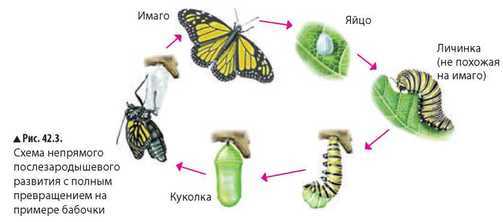
The life cycle of forest butterflies consists of several stages: eggs, caterpillar, pupa and adult butterfly. Each stage has its own purpose and is adapted to certain environmental conditions.
2. Reproduction
Reproduction of forest butterflies begins with soaring. Adult butterflies can attract each other through various signals, such as scents or wing colors. After hovering, the female lays her eggs on suitable vegetation, which will serve as food for future caterpillars.
3. Development
Caterpillars hatch from eggs, which actively feed and grow, passing through several larvae. Caterpillars can have various external features, such as color, shape and pattern on the body. After that, they turn into a chrysalis, where important processes of metamorphosis take place. The adult butterfly emerges from the chrysalis and begins its short life in search of food and a breeding partner.
Forest butterflies play an important role in the ecosystem of forests, pollinating plants and being food for other animals. Studying and understanding their reproduction and development helps to preserve their diversity and preserve the balance in nature.
The influence of climate on the life and migration of forest butterflies
Climate plays an important role in the life cycle and migration of forest butterflies. Changes in weather conditions can significantly affect their behavior and survival.
Temperature effect
The ambient temperature has a direct impact on the development of forest butterflies. They are vertebrate cold-blooded creatures, and their metabolism and activity depend on the ambient temperature. Low temperatures can slow down their development and high temperatures can cause their eggs, caterpillars and pupae to dry out and die.
Influence of precipitation
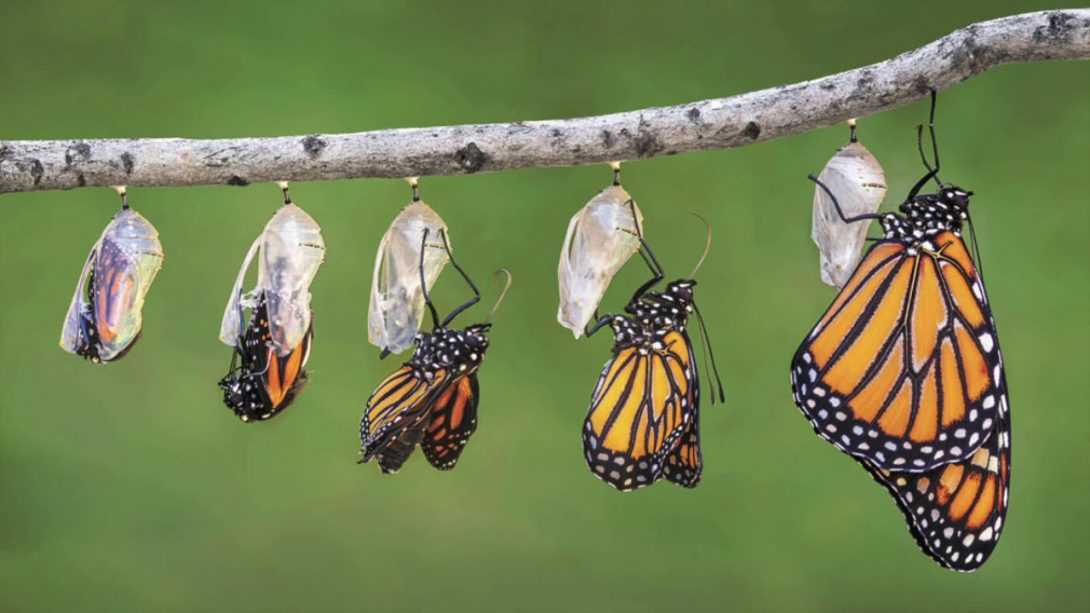
Precipitation, such as rain and snow, also plays a role in the life of forest butterflies. They can affect the availability of food and water for caterpillars and pupae. Lack of rainfall can lead to a decrease in vegetation that serves as a food source for caterpillars and affect their survival.
Migration
The climate also influences the migration of forest butterflies. Some species fly long distances in search of suitable breeding and feeding conditions. Changes in climate may change migration routes and arrival times, which may affect their survival and distribution.
In general, climate is an important factor influencing the life and migration of forest butterflies. Understanding these relationships can help in the conservation of their populations and biodiversity in general.
Threats and dangers facing forest butterflies

Forest butterflies are vulnerable creatures and are subject to various threats and dangers that can seriously affect their survival and numbers. One of the main threats is the loss and destruction of their natural habitat - forests. As a result of deforestation and landscape changes, forest butterflies lose their habitats, which leads to a decrease in populations and even the extinction of some species.
In addition, forest butterflies are exposed to various pesticides that are used in agriculture and horticulture. These chemicals can cause serious harm to butterflies, destroying their eggs, caterpillars and pupae, as well as reducing their fertility and survival. As a result, forest butterfly populations are becoming increasingly vulnerable and could be reduced to critical levels.
One additional factor threatening forest moths is climate change. Global warming and changing weather conditions can lead to a shift in the boundaries of the habitats of butterflies, as well as a change in the conditions for their reproduction and feeding. As a result, some species of forest butterflies may not be able to adapt to new conditions and die out.
Thus, forest moths face a number of serious threats and dangers that could lead to their extinction. Conserving these beautiful creatures requires action to conserve and restore their natural habitats, limit the use of pesticides, and be more responsive to climate change.
The role of forest butterflies in the forest ecosystem

Forest butterflies play an important role in the forest ecosystem, serving as pollinators, food objects, and indicators of the state of the environment.
One of the main roles of forest butterflies is their participation in the pollination of plant flowers. Butterflies, attracted by bright flowers and sweet nectar, carry pollen from one flower to another, promoting plant reproduction and enriching genetic diversity in forest flora.
In addition, forest butterfly larvae are an important food source for many animals such as birds, frogs and bats. Representatives of these species use butterflies and their caterpillars in their diet, providing themselves with the necessary nutrients.
Forest butterflies are also indicators of the state of the environment. Changes in their numbers and species diversity may indicate the impact on the forest of various anthropogenic factors, such as air pollution, the use of pesticides or deforestation.
Thus, forest butterflies play an important role in maintaining the biological balance in the forest ecosystem, participating in plant pollination, serving as food for other animals, and being indicators of the ecological state of the forest.
How to help save the forest butterfly population
Forest butterflies are an important part of the forest ecosystem. They perform a number of useful functions, such as plant pollination and participation in the food chain. However, forest butterfly populations are declining due to various factors, including the loss and destruction of their natural environment.
One way to help conserve forest butterfly populations is to conserve and protect their natural environment. This may include the establishment of special nature reserves or sanctuaries where woodland butterflies can roam in safety. It is also important to conserve forests and prevent them from being cleared or converted to agricultural land.
Another way to help butterflies is to create and maintain special gardens and areas for them. Some species of forest moths may be attracted to certain types of plants, which serve as a food source for their caterpillars and as a place to lay their eggs. Therefore, planting such plants in the garden or on the site can help attract and preserve a variety of species of forest butterflies.
Pesticide control can also help save forest butterfly populations. Some pesticides can be harmful to butterflies, especially their caterpillars and pupae. Therefore, alternative pest control methods that do not harm forest moths should be used.
Forest butterflies: myths and legends about them

1. Butterflies-souls
In many cultures, forest butterflies are considered the souls of the dead. It is believed that these colorful insects fly to people to convey a message from their departed relatives. Their light and graceful flight symbolizes freedom and transition to another world.
2. Magic properties
Forest butterflies are also associated with magic and sorcery. Some legends say that if you catch a butterfly and make a wish, it will surely come true. Most myths claim that the butterfly is a symbol of good luck and will bring happiness and prosperity to the owner.
3. Connection with the gods
In ancient religions, forest butterflies were associated with gods and deities. Their colorfulness and tenderness were associated with divine beauty and kindness. Some cults even worshiped butterflies and believed that they could convey messages to the gods and help solve problems and difficulties.
4. Symbol of change

Forest butterflies are often seen as a symbol of change and transformation. As they go through a process of metamorphosis from a caterpillar to a beautiful butterfly, their presence can indicate upcoming changes in a person's life. Butterflies can be a sign of new opportunities, growth and development.
5. The embodiment of beauty and tenderness
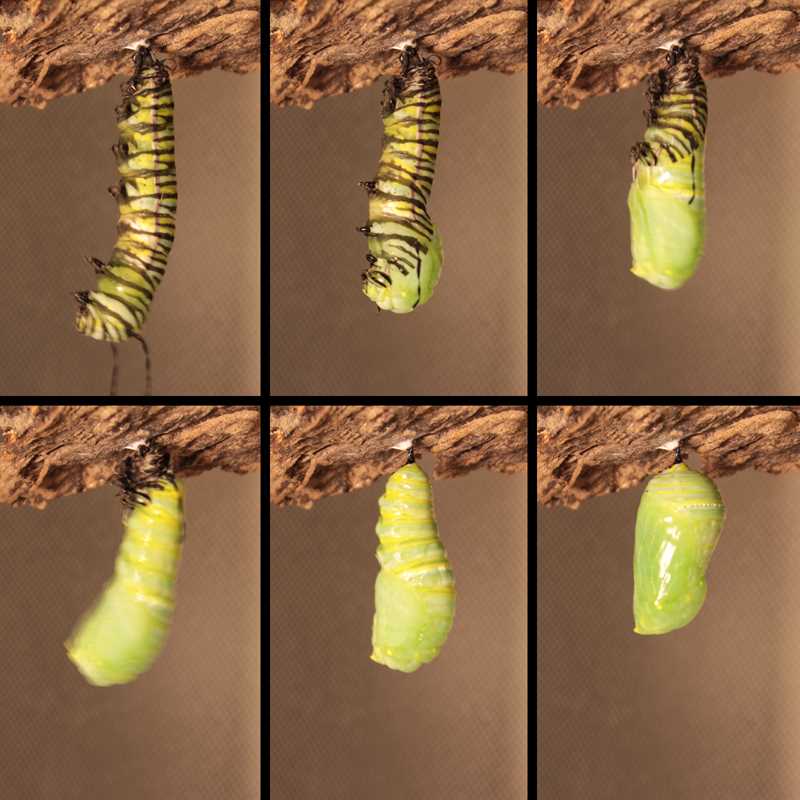
In many cultures, forest butterflies are considered the epitome of beauty and tenderness. Their bright colors and graceful flight cause admiration and attract attention. Butterflies have become a source of inspiration for artists, poets and designers who see them as symbols of joy and serenity.

